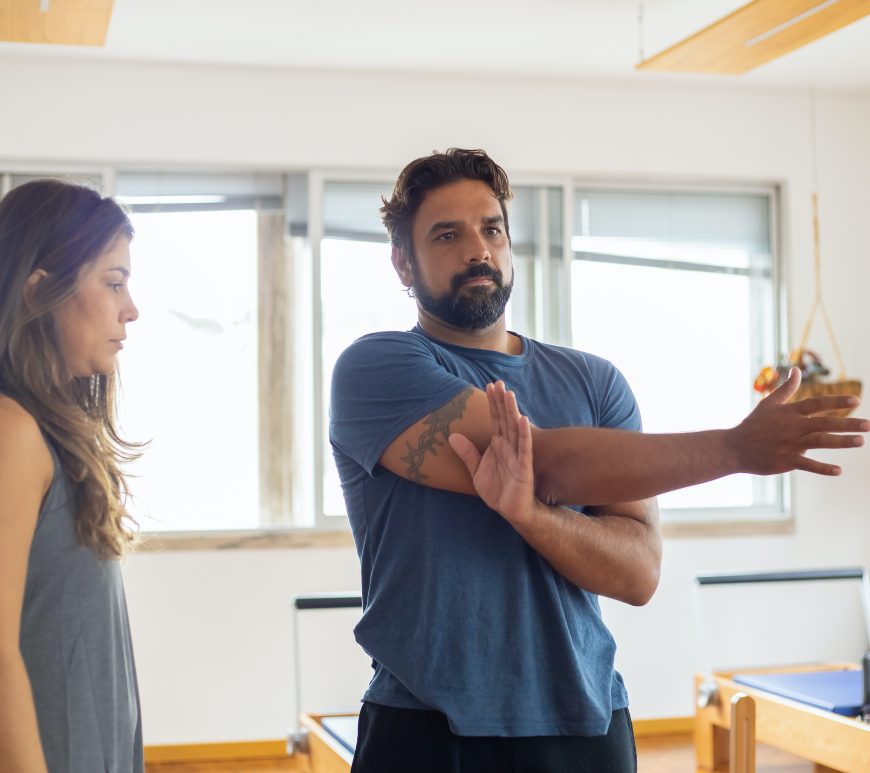
Do participant treatment preferences shape shoulder pain trial outcomes?
In 2004, Thomas, et. al., conducted clinical trials, understanding the nuances of participant treatment preferences is pivotal, as they can significantly shape the outcomes observed. In a recent study focusing on shoulder pain management, researchers delved into how initial treatment preferences among participants influenced functional outcomes and subsequent treatment preferences. Led by Elaine Thomas and her colleagues, the study was nested within a larger multicenter … Continue reading Do participant treatment preferences shape shoulder pain trial outcomes?



